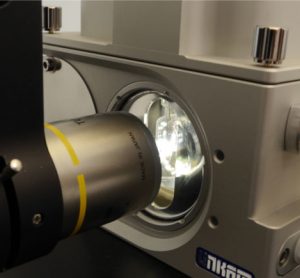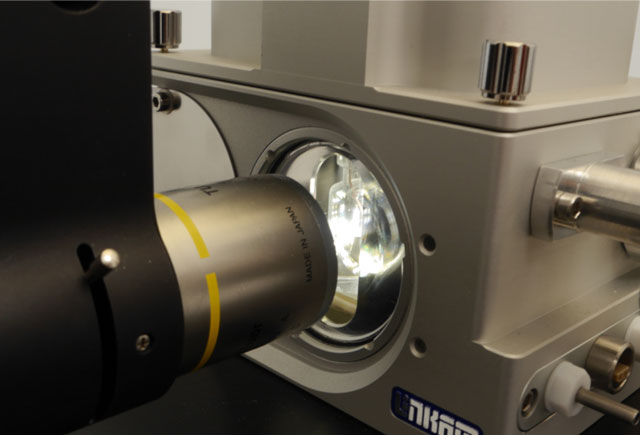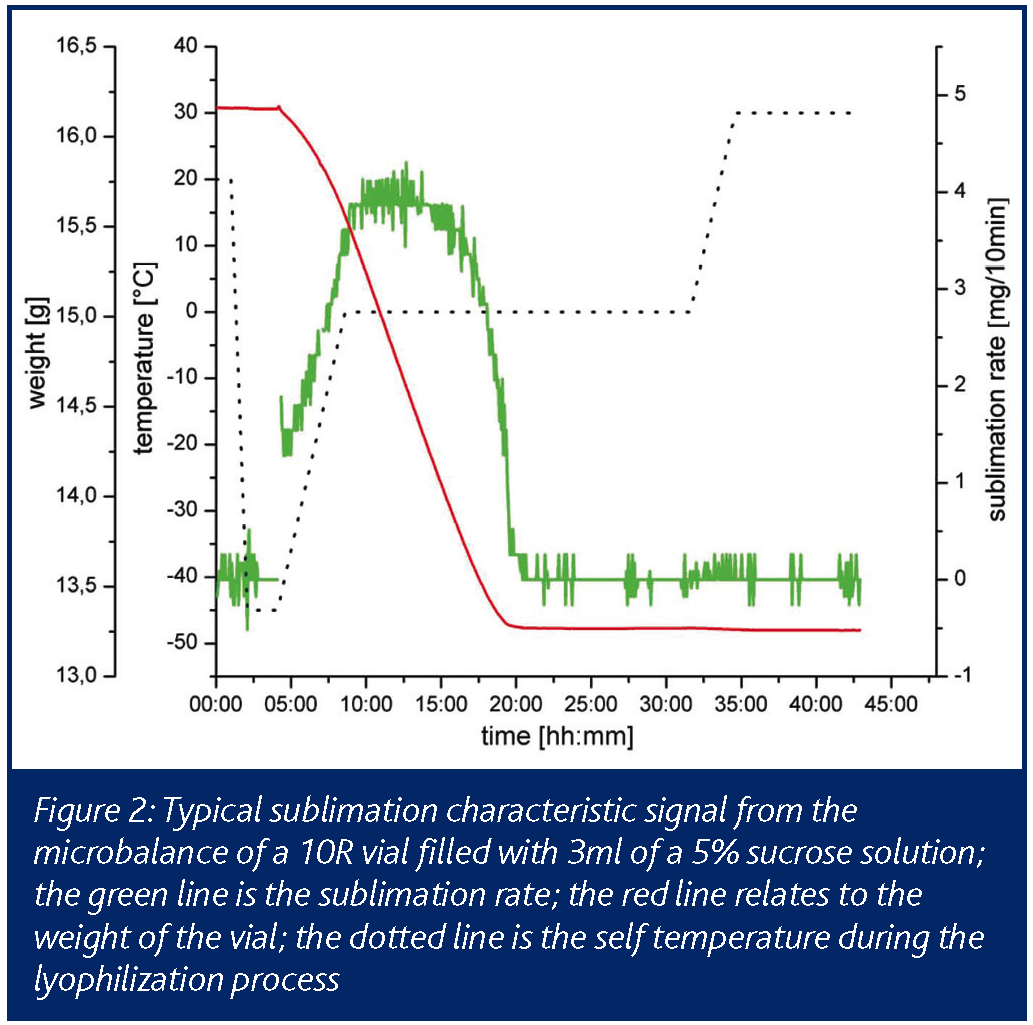Spray-freeze-drying in the manufacture of pharmaceuticals
Over the last decade, the development of new drug delivery methods and devices for dry powder inhalation1, needle-free intradermal powder injection2 or sustained parenteral drug delivery3 has led to an increasing demand for powder formulations incorporating an active pharmaceutical ingredient (API)4,5.













